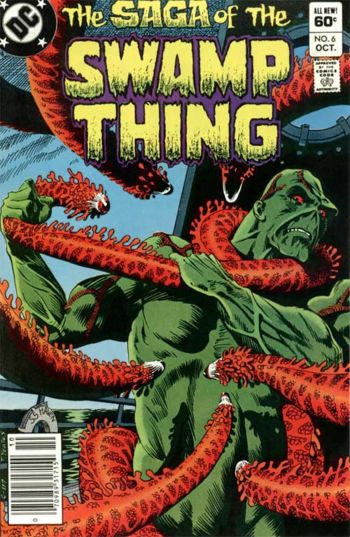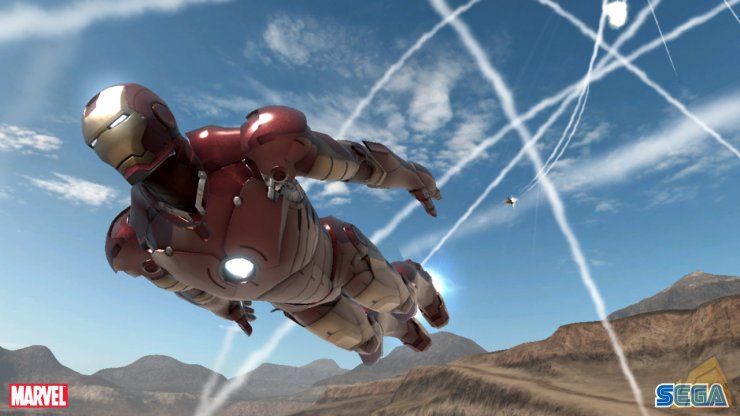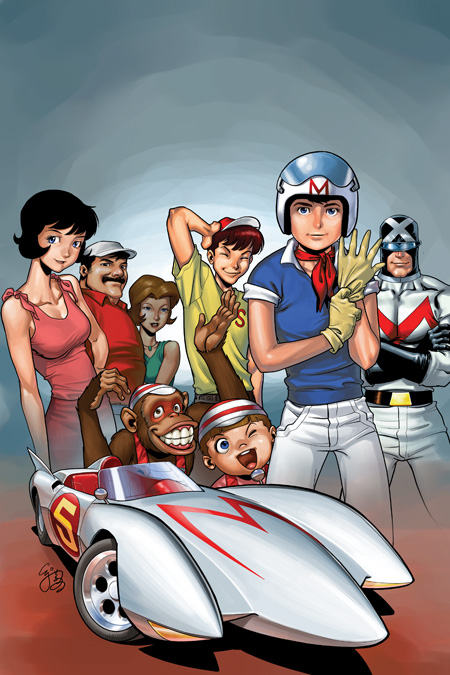Comic-Con 2008, Part 3 (Igor, On The Bubble, and Joss Whedon’s Latest)
Posted on July 29, 2008 at 11:00 pm
- I had a private interview with Chris McKenna, screenwriter of an animated release due out this fall called “Igor.” It is the story of a hunchbacked lab assistant to an evil scientist who wants to be more. Voice talent for the film includes Jon Cusack as Igor, John Cleese as the scientist he works for, Eddie Izzard as the villain, and Molly Shannon as the Bride-of-Frankenstein-like creature they create. Here is the adorable trailer:
“We cooked up a really fun story with a great character,” McKenna told me. “Everyone knows him but no one really knows him. He’s lurking in the shadow. But he has his own hopes and dreams, aspirations. Is everyone born with a hunch named Igor and forced to become a lab assistant? Setting up the world was the biggest challenge. What do we need to tell the audience? How do we tell the story in an interesting way, balancing all you need to know to understand this world with all you need to know to get involved with the characters and connect to the story? Igor lives in a world where the biggest stars are the evil scientists, they’re the rock stars, all he wanted to be, his role model, but that’s impossible. He had a hunch and was forced to serve. But he needs to create.”
- Producers of comics, movies, music, games, magazines, and other media “content” were not the only ones trying to get the attention of Comic-Con attendees. Advertisers are very eager to find out how to reach audiences who are able to skip radio and television commercials and are increasingly resistant to traditional forms of marketing. I was very interested that a session on a new web-based comedy series called On the Bubble led off not with one of the producers, writers, or performers but with a brand specialist. The people who created the show said that they loved the creative freedom of not having to deal with a television network (“They always have notes.”) The Sierra Mist representative said, “Comedy is the way we reach you.” They will not do anything as obvious as product placement, going instead for “deeper engagement value” through added content, message boards, and other new media.
- Another of my favorite sessions at Comic-Con was the “Quick Draw,” with Pulitzer Prize–winner Mike Peters, MAD artist Sergio Aragonés, and veteran of Hanna Barbera and many other animation projects Scott Shaw! (yes, that exclamation point is part of his name). Comic-Con all-star Mark Evanier took devilish pleasure in tossing out all kinds of crazy ideas for them to respond to as the audience watched them draw via overhead projector on huge screens. One of Evanier’s challenges was that he would unexpectedly say to Aragons, “Sergio, don’t do that!” and Aragonés would have to do an instant cartoon with that as the caption. Other ideas included “Why an elephant should not be allowed at Comic-Con” (hint: he doesn’t look too good in a Batman costume). And Evanier had Shaw! do from memory sketches of 50 different Hanna Barbera characters, from Scooby-Doo to Rosie the robot maid on “The Jetsons” and Tennessee Tuxedo, Touché Turtle, and Betty Rubble. I was fascinated by the way they all were able to think ahead and draw like they were telling a joke — saving the punchline part of the picture for the end. And all of the drawings were sold to raise money for the Comic Book Legal Defense Fund.
- The panel discussion about “Dollhouse,” the new television show from Joss Whedon (“Buffy the Vampire Slayer,” “Firefly”), began with Tahmoh Penikett (“Battlestar Galactica”) taking a photo of the crowd. “Smile everyone!” he said. Whedon watched him, amused. “This is his first experience with science fiction.”
Star Eliza Dushku explained that her new series began when she was was complaining to Whedon about not being given a chance to show all of the range of characters she could do. “Staring into the eyes of the woman, seeing all of the things she could be, I realized I’d have to do it,” Whedon said. “So, I created a girl who has every personality in the world except her own.” The result was the new series with Dushku as Echo, one of a group of men and women who are imprinted with different personalities for different assignments. Dushku talked about what she loved about Whedon’s scripts. “He makes the words pretty on the page, fully puts me at ease and challenges me at the same times. The characters have feist, fury, some funny. He’s like a career brassiere!” Whedon said he liked Dushku because she is “good with pain and being crazy and also acting.”
A questioner noted that there are already web sites dedicated to saving the show and it has not started yet. “The enthusiasm I love, the wariness is earned, but this is not a niche show,” Whedon promised.
If you’ve read through to the very end, you are really a fan! The first person to send me an email at moviemom@moviemom.com with the word Comic-Con in the subject line will get some small knick-knacks I was given there.





